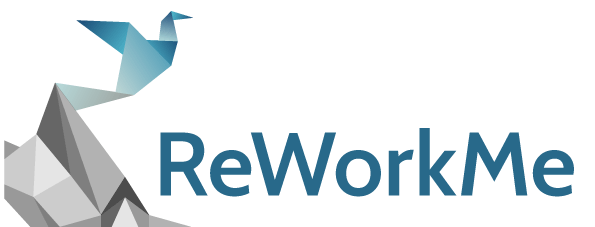 The bad news is, we do things that are harmful to ourselves. The REALLY bad news is, we keep doing these harmful things even though we know there will be negative consequences. Why is this?
The bad news is, we do things that are harmful to ourselves. The REALLY bad news is, we keep doing these harmful things even though we know there will be negative consequences. Why is this?
Why do we have such a hard time making positive changes in our lives when we know that they very things that we are doing are not helping us? If this sounds like addictive behavior, that’s exactly what it is — addictive behavior. As my friend, who is actively involved in Alcoholics Anonymous (AA), says, “We all have addictions.” i.e. a compulsive need for something.
I recently had an interesting conversation with another good friend, whose academic training and expertise is counseling and therapy. I asked him to list the primary motivators that cause people to make changes in their life.
- Pressure – This is the precursor for change. When the pressure becomes too great, we instinctively react to the pressure by seeking to move away from the source of the pressure.
- Pain (The pain of staying or continuing to do something is greater than the pain of leaving or quitting that which is being done.)
- Perspective – By changing our viewpoint, we can change our life. Instead of focusing on the bitter taste of the lemon, we see the potential of lemonade.
I also asked my therapist friend to list the steps to overcoming addictive behavior. Based on the work of Carlo C DiClemente in his fascinating book, Addiction and Change, my friend listed the five steps to overcoming addictive behavior.
- Precontemplative – I don’t have a problem. There is nothing wrong.
- Contemplative – I might have a problem. There might be something wrong.
- Preparation – If I do have a problem, what could I do to change?
- Action – I admit that I do have a problem. What will I do? Note: After an action is taken, there is always a possibility of relapse. Although relapse is not considered to be a step in addictive behavior, it does restart the process and calls forth the question, “What was not in place that needs to be in place next time?”
- Maintenance – The change has occurred and the problem is under control.
For additional information about how to change things, check out Switch: How to Change Things When Change is Hard by Chip and Dan Heath.
